For years Rijeka was the overlooked child of Croatian tourism. At the crossroads between glamorous Istria and the Kvarner coast and islands, few tourists saw any reason to explore Rijeka's quiet charms. Since being named European Capital of Culture 2020, Croatia's third largest city is finally getting the respect it deserves. The designation has given a much-needed lift to this city of 128,000 that has been beset by high unemployment and the disappearance of its industrial base.
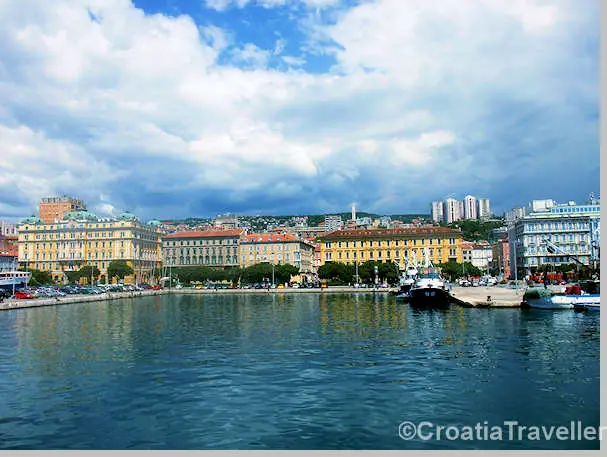
Rijeka Capital of Culture
Culture is the new watchword and the city is investing heavily in refurbishment. Once a key port for the Austro-Hungarian empire, Rijeka's architectural heritage has been well preserved. Now the stately Austrian buildings are also housing galleries, cafes and trendy restaurants with more to come. Aging port facilities and crumbling factories are slated to become centers for art and culture.
After much controversy, the yacht used by former Yugoslav President Marshal Tito is slated to be transformed into a museum. Tito's legacy is alternately revered and reviled, depending on how one falls on the nationalism-socialism spectrum, but soon tourists will be able to decide for themselves in the new Tito museum.
Also in the works is a brand-new city museum located in a renovated sugar refinery.
Rijeka History
Rijeka is an open, tolerant, diverse city largely due to its tangled history. It was first settled by the Romans who named it Tarsaticae. Then Slavic tribes moved in in the 7th century, attracted by the abundant drinking water. Rijeka continued under German and Frankopan rule until it became part of the Austrian empire at the end of the 15th century.
For the Austrians, Rijeka was a much-needed outlet to the sea and they lost no time in building a road connecting Vienna with the Kvarner coast just south of the city. The city's wealth increased as shipbuilding became a cornerstone of the local economy.
In 1750 Rijeka suffered a devastating earthquake which destroyed the town walls and much of the town centre. Fortunately Rijeka's clock tower and city gate survived.The lively pedestrian street, Korzo, was constructed on the site of the former town walls.
Many of the most majestic buildings date from the 19th century when Hungary assumed control and dispatched their architects to burnish the town centre.
With the building of the Budapest-Vienna-Zagreb-Rijeka railroad (a line which is still in use), Rijeka prospered. All was well until Italian troops seized Rijeka in 1918 and named it Fiume. It was awarded independence under the 1920 Treaty of Rapalla but it only lasted until 1924. The Treaty of Rome split Rijeka, giving the area west of the river to Italy and the rest to the Kingdom of Serbs, Croats and Slovenes. After liberation by Tito's Partizans in 1942, the city became part of postwar Yugoslavia. There is still a sizeable Italian minority.
Things to See and do in Rijeka
Stroll Korzo
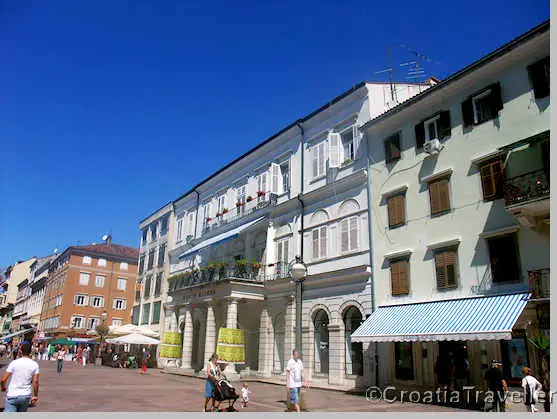
Korzo is Rijeka's main pedestrian artery and it's a beauty, lined with majestic Habsburg-style buildings. Notice the striking clock tower that was once one of the main gates to the city.
Admire the Clock Tower
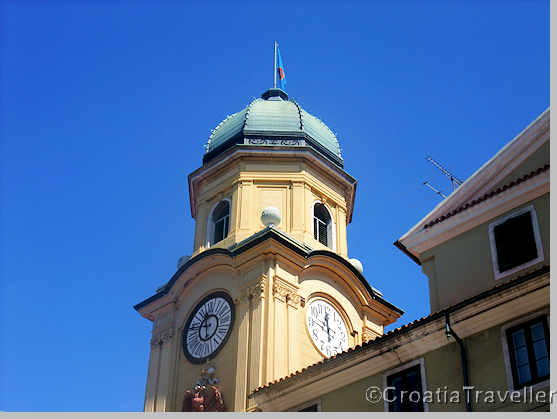
As one of the few monuments to have survived Rijeka's
devastating earthquake of 1750, the clock tower has a special place in the hearts
of Rijekans. The still-functioning clock dates from the 17th century
and was once part of the city gates.
. . .and the Roman Gate
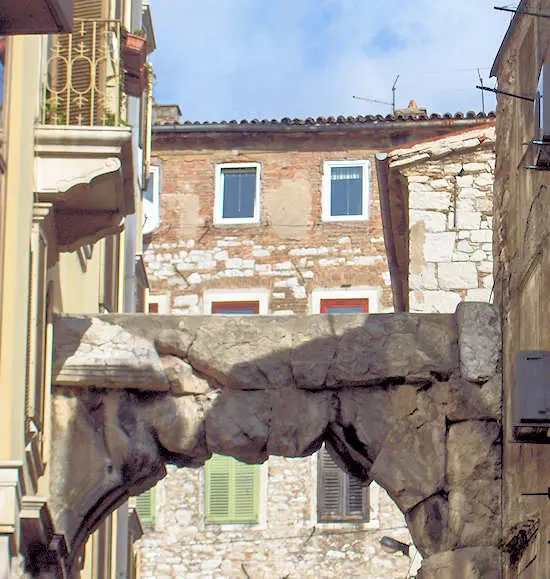
Go through the arch under the clock
tower and you'll come to the Roman gate. This gate is a simple affair just to mark the entrance to the
ancient and now disappeared Roman fort.
Head to the Hills-- Trsat Hill
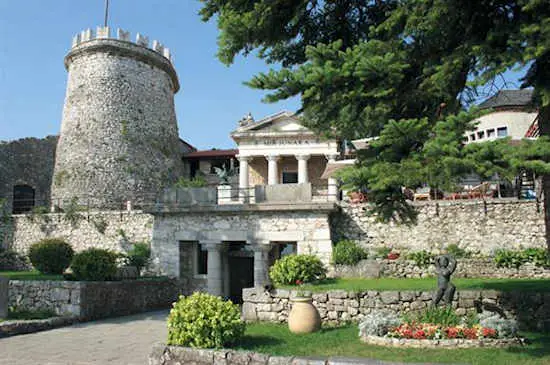
The hill-fortress-castle
of Trsat just outside Rijeka is
a recreation area, historical monument and pilgrimage site all at
once. Plus, the views are great. The best way of seeing it
is to take the 538 steps (Petar Kruzic stairway)
from Krizaniceva ulica in the Susak part of Rijeka. True pilgrims
make the climb on their knees! Too much work? Then take bus 1 or
1a to the top. More about Trsat.
Explore the Maritime & Historical Museum
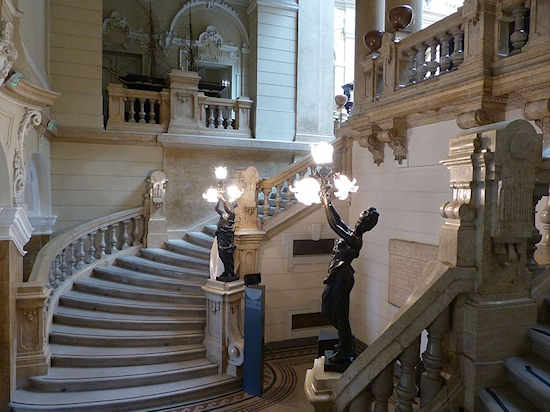
Elekes Andor under cc license
Rijeka's Maritime and History Museum is housed in the splendid "Governor's House" (above), a 19th-century palace with plenty of exhibits for maritime-buffs. Also interesting are the rooms decorated in period style. The building's architecture reflects its administrative importance as the residence of the Hungarian governor when Rijeka was under Hungarian control in 1869. If you liked the architecture in Budapest you'll love this impressive structure. The architect was Alajos Hauszmann whose other works include the Buda Castle and the Palace of Justice in Budapest. The same ticket includes admission to the Natural History Museum, the Museum of Modern and Contemporary Art, the City Museum and the Museum of the Croatian Littoral.
Visit the Museum of Natural History
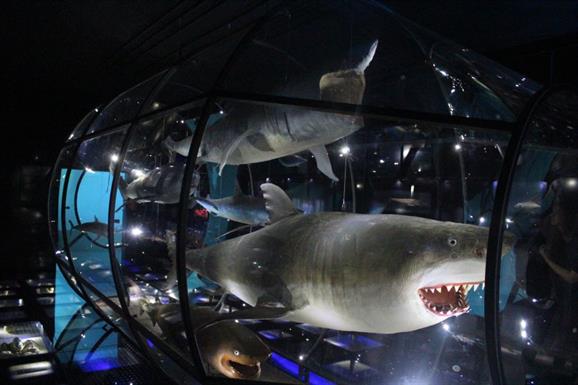
The Natural
History Museum, is an especially good stop
if you have kids. They'll love the new aquarium with
its multimedia displays and the botanical gardens makes a cool retreat on a hot day.
Experience the City Museum
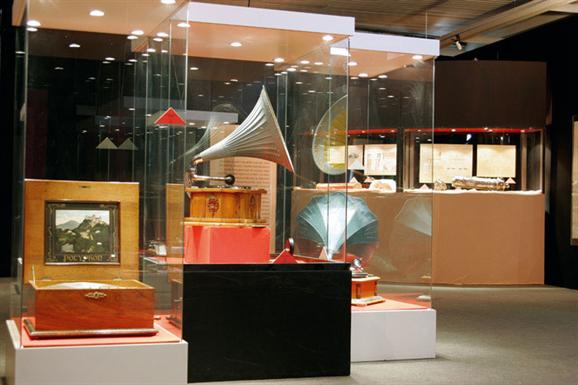
There's a music collection with traditional instruments, a collection of artworks by local artists, historical documents, photos, stamps, coins, weapons and a collection of theatre and film materials.
Visit the Modern and Contemporary Art Museum
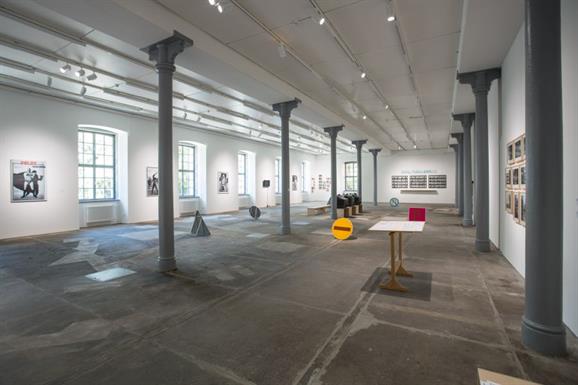
See what contemporary local artists are up to in the Museum of Modern and Contemporary Art which has a permanent collection and temporary exhibits.
Visit the Saint Vito Cathedral
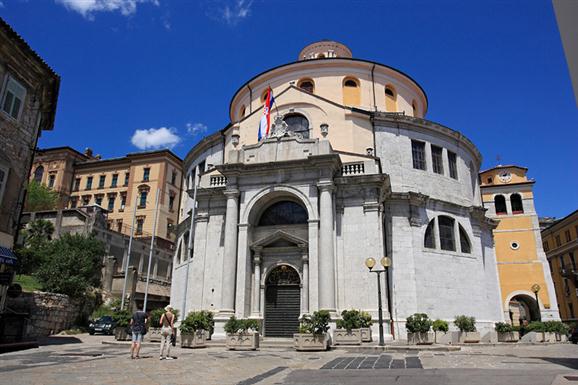
The Church of St Vito is especially beloved in Rijeka
as it is built to honour Rijeka's patron saint. The Jesuit began the
building in 1638 and it lasted for a hundred years. If you've seen
the church of Sta. Maria della Salute in Venice, you'll notice some
similarities. The main altar contains a Gothic crucifix that allegedly
inspired a miracle. In 1296, someone threw a stone at the crucifix
and blood began to pour from Christ's body which is still kept in
an ampoule. That give rise to the cult of the "miraculous crucifix"
in Rijeka which was encouraged by the Jesuits. Naturally the church
is the centre of festivities on 15 June--the feast day of St Vitus.
Gawk at the Capuchin Church of Our Lady of Lourdes
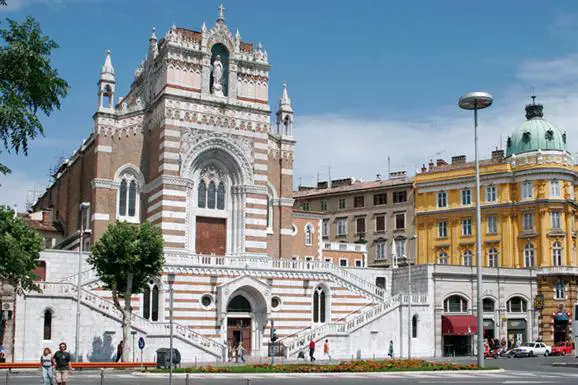
My favourite church is the Capuchin Church of Our
Lady of Lourdes looming over the bus station. With its colourful
red and white brick exterior the church is hard to miss. Built in
the early 20th century, the ornate neo-Gothic facade is the inspiration
of architect Giovanni Mario Cureto. Inside, the narthex ceiling is
decorated with frescoes by the Rijekan painter, Romolo Venucci and the church’s facades and altar were decorated by the Venetian sculptor Urbano Bottasso and Rijeka's carver Antonio Marietti.
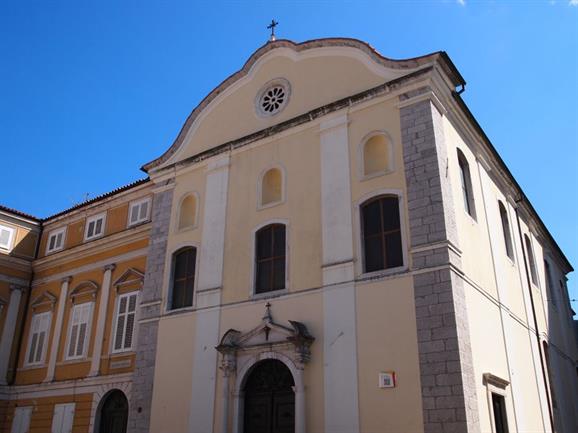
Another beautiful church is the Church of St Jerome and Dominican
Monastery. Begun in 1315, the church was reconstructed several
times most thoroughly after the earthquake of 1750. The style is now
thoroughly baroque and the church contains tombs of nobility and other
Rijeka VIPS. Next to the church is the Chapel of the Holy
Trinity built in the 15th century in a Gothic Alpine style.
Dive Into Rijeka's Indie Scene
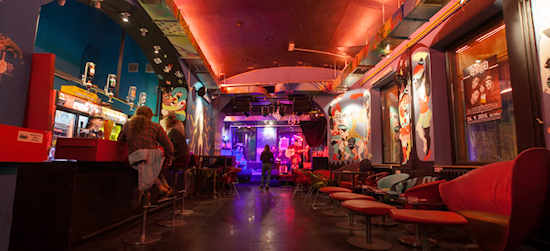
Start with the venerable Club Palach, Youth Cultural Center which has been ground zero of Rijeka's alternative scene since 1966. See a rock concert, catch a screening or show and pick up flyers announcing events at Rijeka's other clubs and galleries.
Prance and Dance at the Rijeka Carnival
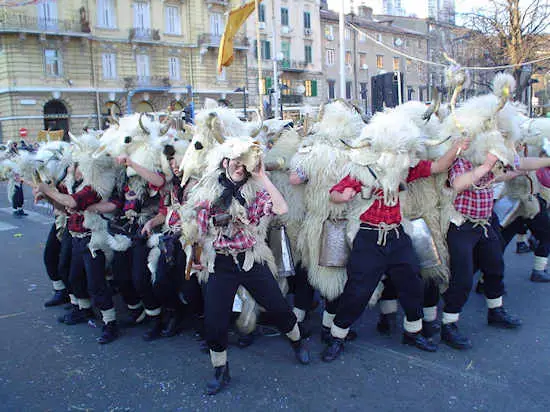
Rabko under CC license
The Rijeka Carnival is renowned throughout the country for its lavish parades, masked balls and total dedication to the art of partying. Let the revelry begin. More.
Stay in a Botel
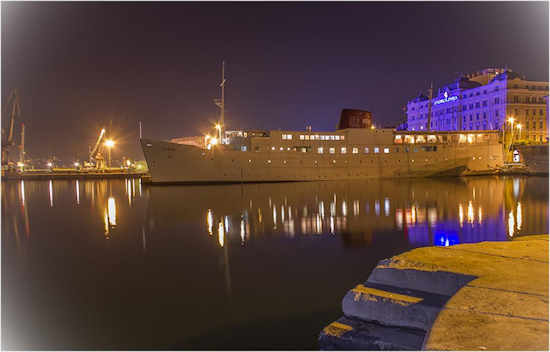
What's a Botel? A boat that has been transformed into a hotel! The Marina was a car ferry, built in Denmark in 1936. In the 1990s it served to link Zadar with Pula and Venice and now it's been completely (and expensively) overhauled to become the hostel/hotel Botel Marina, anchored in Rijeka's harbour.
Getting to Rijeka
With flights, buses, and trains all converging on Rijeka, travel to Rijeka is not a problem. Ryanair has regular seasonal flights to Rijeka from London-Stansted. Eurowings connects Rijeka with London-Heathrow and dozens of European cities. Regular daily trains connect Rijeka with Zagreb and dozens of buses connect Rijeka with cities throughout Croatia. Passenger ferries connect Rijeka with the islands of Pag, Krk, Cres, Losinj and as far south as Zadar.
Get all details about getting to Rijeka.
Getting Around Rijeka
Rijeka has a good public transport system that's useful for visiting the region, especially Opatija. In its push to modernize, Rijeka is proud of being the first in the country to have "smart" bus stops which show the buses arriving in real time along with maps and schedules. The bus stop "hotspots" allow for WiFi and wireless solar-powered charging of all your devices.
Of course, nothing beats the convenience of having your own wheels. I find that Autoeurope usually offers the best deals on car rentals in Rijeka. Find out more.
Accommodation in Rijeka
Hotels, hostels and private accommodation are plentiful and prices are a little lower than along the Istrian or Dalmatian coasts. Find out more about Rijeka hotels and private accommodation.
Nightlife in Rijeka
Now you're talking! Rijeka has turned into 'Nightlife Central' in northern Croatia. Even nightcrawlers from Zagreb are piling into Rijeka on the weekend for the incredible choice of bars. From cosy pubs to pulsing discos and alternative rock, Rijeka has everything and it's all located in the town centre. You don't need a car, boat or bike. Just stroll along Korzo, the central promenade, or head down to the waterfront to experience the latest in Croatian nightlife.
Tourist Information in Rijeka
The Rijeka tourist office (051-335 882) is friendly and efficient. It's right on Rijeka's main pedestrian street at Korzo 33.
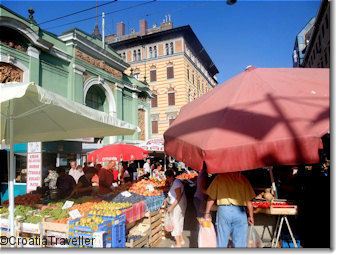
Market day in central Rijeka
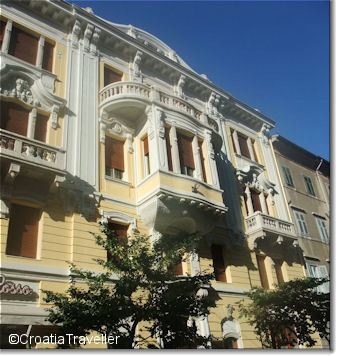
Typical Rijeka building
Join the Croatia Traveller Group
Recommended Experiences
©CroatiaTraveller 2005-2024 All rights reserved
